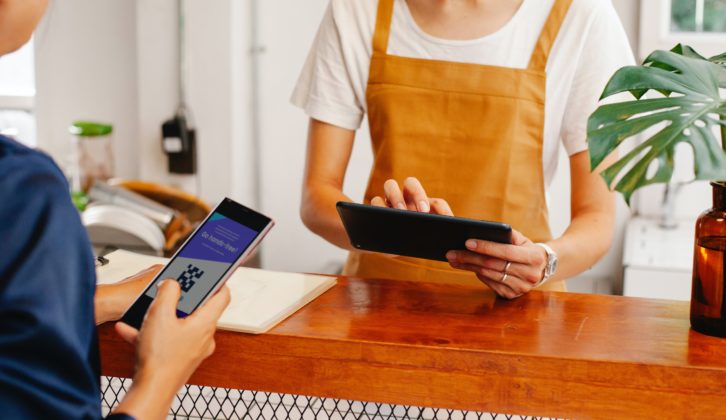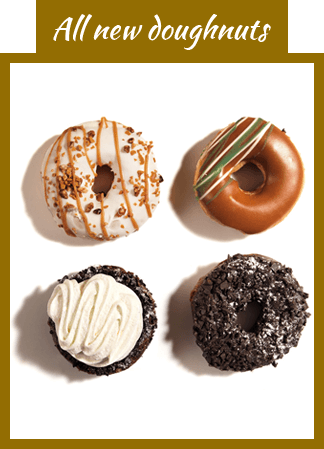
Sign up for Restaurant SmartBrief today, free.
Introducing QR codes to replace a restaurant menu in the early days of COVID made a lot of sense. At the time, it was believed that COVID could be transmitted on surfaces, meaning shared things like laminated menus could possibly get many people sick. But then the science evolved, and many restaurants chose to return to a more traditional menu instead of a pixelated square customers could scan with their phones.
Over the last year of the pandemic, headlines about QR codes would have you believe the technology that is largely hated by consumers, with some even writing it off as a dead technology in terms of its potential in the restaurant industry.
But consumers actually prefer them as a way to order and pay far more than a restaurateur might expect.
According to Datassential, 58% of consumers overall say they’d like to have the option of using a QR code to pay at a restaurant or grocery store. And the response is even more positive when it comes to using QR codes to pull up restaurant menus. Among consumers who have used QR codes to bring up menus or pay before, 70% say they like them, with the highest positive response coming from Millennials who have used them before (78%). Even a surprising 56% of boomers who have used QR codes say they like using them to bring up menus at restaurants.
This is surely a positive sign for restaurateurs who have implemented them or want to, considering the sheer number of benefits, including the potential to uphold sanitary practices by removing the need for a shared menu, the staffing advantage of not needing a host or waitstaff to give menus to incoming customers, and the potential for easy menu changes and up-sells.
The challenge will be showing consumers all the benefits of QR codes (the possibilities of which are far more than just another way to view a menu) and figuring out the balance between those consumers who want to use the technology and those who don’t.
As for exposure, the good news is that consumers already have more experience than they may realize, with big examples like Starbucks‘ Order and Pay platform and similar technology from other QSRs and some major retailers.
A mixed method — where consumers are given the option of a QR code or a physical menu, or one where a QR code is only used as an option to pay — may be one way forward, as it solves some operator pain points while still giving customers who want to opt out the opportunity to do so. The key for an operator considering adopting QR codes will be getting consumers to believe that their version is worth the effort.
Adding in a digital experience doesn’t mean hospitality can or should disappear, though. Operators uneasy about the impact the technology will have on service could implement a “face-time on the way in, tech on the way out” method: greet customers when they arrive, give them a traditional paper menu, and allow them to pay via a QR code on the table or receipt. Or have waitstaff available throughout to help consumers figure it out or offer tech-averse customers traditional alternatives.
These methods provide all the usual opportunities to interact with guests while alleviating frequent customer pain points. Technology is certainly an intimidating beast for customers and operators alike. But, for the QR code technology that swelled in popularity during the pandemic, there’s a way to extend its life into the post-pandemic future: the trick is finding out what works for an individual operator and tossing out the rest. The rewards could be immense for those that can see it through.
Related stories:
Samantha Des Jardins is a writer for Datassential, a food industry market research and insights firm.
________________________________________________
If you liked this article, sign up for SmartBrief’s free email newsletter from the National Restaurant Association. It’s among SmartBrief’s more than 250 industry-focused newsletters.











